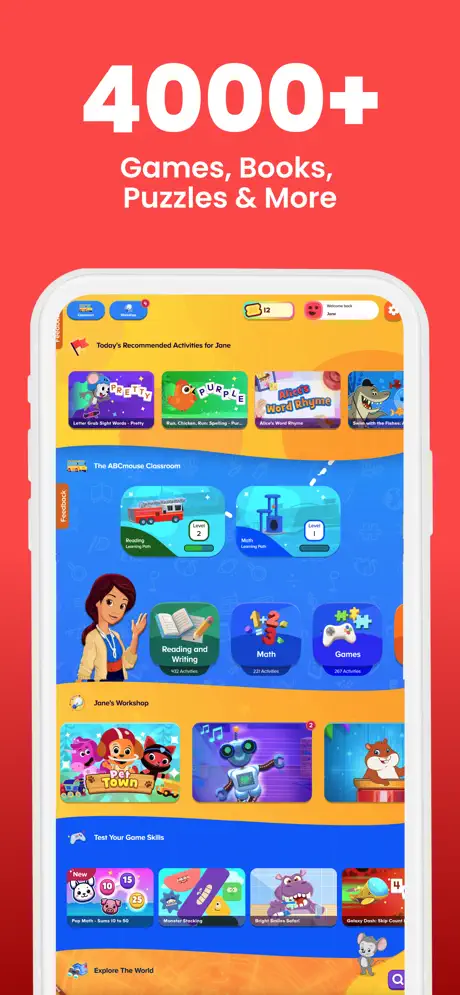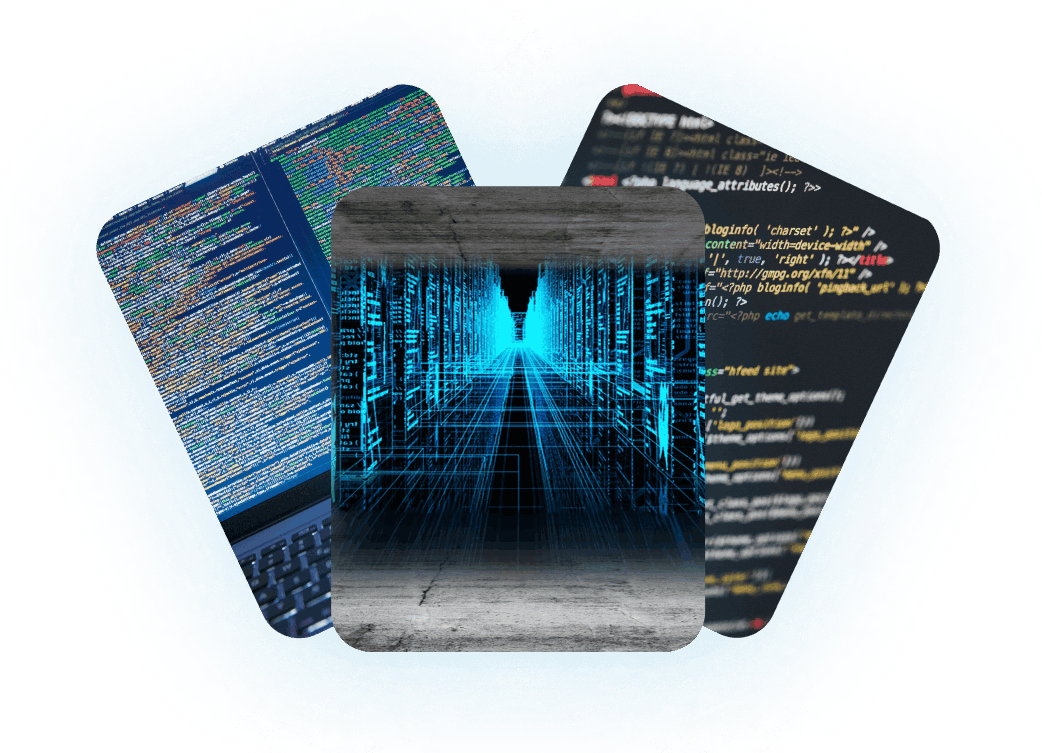Sometimes, a letter isn’t just a letter.
It’s a mountain to climb.
Or a snake to trace.
Or the beginning of your name, the one your mum sings when you’re tired.
When you’re four or five, maybe six, learning isn’t a checklist. It’s a world. A fuzzy, brightly colored, sound-filled world. And in that world, something as small as a tap on a screen can open a door you didn’t know existed. That’s what a homeschooling app feels like when it’s done right. Not a lesson. Not a task. But a game you don’t want to end.

You drag your finger across the screen. The letter “M” appears. It sparkles. It hums. You try again. This time, smoother. The app cheers. And you feel proud in a way that’s hard to explain. It’s not like winning a race; it’s like figuring out how to tie your shoelaces for the very first time.
1.Letters Are Like Friends
The best alphabet learning tools don’t just show you A to Z. They make you feel the difference between a “B” and a “D.”
One has a belly. The other is a back.
A letter tracing app doesn’t rush you. It doesn’t scold you when your “S” wobbles like a sleepy snake. It just lets you try again. And again. Until your hand remembers the shape, and your brain starts to remember.
It’s weirdly comforting—like stacking blocks and watching them not fall.
2.Sound Is the Secret Sauce
Before reading becomes reading, it’s sound. Tiny pops and hums and clicks.
“Ba.” “Ca.” “Th.”
Phonics for kids isn’t about rules—it’s about rhythm, like learning how to dance, but with your mouth.
Some apps get this so right. They don’t just show you a word—they say it, with warmth. They stretch it out so you can taste every part. Like turning “cat” into “c-a-t,” and suddenly, you hear the puzzle pieces clicking into place.
3.Stories That Know Your Name
One day, something wild happens.
You tap a word, and you know it. You don’t sound it out. You just… read it.
And suddenly, books aren’t scary anymore. They’re adventures. They’re lullabies. They’re poems and knock-knock jokes and letters to the moon.
It starts small, of course. A few words. Maybe “dog.” Maybe “run.” But those tiny victories stack up. And with every tap, every trace, every cheer from your alphabet learning game, you grow.
Not taller, but braver.
4.Finally;
Sometimes grown-ups say things like “screen time”, “ed-tech”, or “too much exposure.” But what they don’t always see is this:
When a child uses a learn to read app that actually listens to them, honours their pace, and meets them where they are, it’s not screen time. It’s story time. It’s skill-building. It’s connection. And for parents? It’s a sign of relief. A way to help without hovering. A way to watch their child bloom—one squiggly “S” at a time.
In the end, these tools aren’t replacing teachers. Or books. Or bedtime stories.


